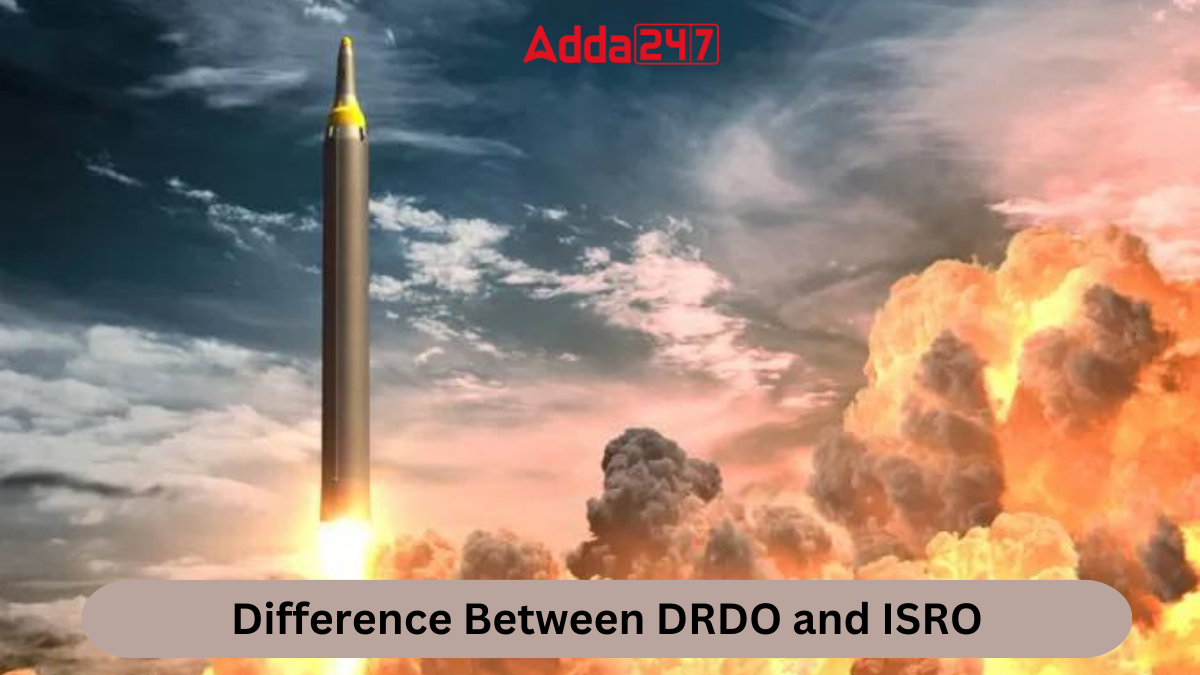In the realm of Indian scientific advancement, two notable organizations stand out for their pivotal roles in shaping the nation’s technological landscape: the Defense Research and Development Organization (DRDO) and the Indian Space Research Organization (ISRO). While both institutions are emblematic of India’s strides in science and technology, they operate in distinct domains, each with its own set of objectives, missions, and methodologies. Let’s delve into the nuances that set DRDO and ISRO apart:
What is DRDO?
DRDO, founded in 1958, amalgamated the Technical Development Establishment (TDEs) and the Directorate of Technical Development and Production (DTDP) into the Defence Science Organization (DSO). It is currently driven by over 5,000 scientists and personnel, engaged in various projects from missile development to electronic warfare systems.
Significance of DRDO
DRDO’s significance lies in its pursuit of self-reliance, designing and developing advanced weaponry and systems like the Agni and Prithvi series missiles, Tejas fighter aircraft, Pinaka multi-barrel rocket launcher, Akash air defense system, and a plethora of radar and electronic warfare systems. These contributions have significantly bolstered India’s military prowess, ensuring effective deterrence and yielding substantial benefits.
Mission of DRDO
- Designing, developing, and producing cutting-edge sensors, weapon systems, and other necessary equipment for the Indian armed forces.
- Providing technical solutions to defense services and enhancing combat effectiveness.
- Fostering the development of indigenous infrastructure and high-quality human resources, thereby strengthening India’s indigenous technological base.
An Overview of ISRO
ISRO, the Indian Space Research Organization, traces its roots to the 1960s when Dr. Vikram Sarabhai conceptualized India’s space mission. Its journey commenced with the establishment of INCOSPAR (Indian National Committee for Space Research), eventually leading to milestone missions like Aryabhata, Bhaskara, and Chandrayaan.
Significance of ISRO
ISRO’s primary objective is to develop launch vehicles, satellites, and related technologies to provide access to space. Its contributions include launching satellites for communication, navigation, weather forecasting, and scientific exploration, as well as spearheading ambitious projects like the Mars Orbiter Mission (Mangalyaan) and the Chandrayaan missions.
ISRO – Mission
- Designing and developing launch vehicles and associated technologies to enable space access for India.
- Designing and developing satellites for Earth observation, communication, navigation, and space science research.
- Utilizing space-based applications for societal development and environmental monitoring, among other purposes.
Difference Between DRDO and ISRO
Here is the difference between DRDO and ISRO:
| Basis of Difference | DRDO | ISRO |
| Establishment | Established in 1958. | Established in 1960s. |
| Mandate | Develops defense weaponry and systems. | Develops space missions, launch vehicles, and satellites. |
| Products | Missiles, combat vehicles, radar systems, electronic warfare systems. | Launch vehicles, communication satellites, Earth observation satellites. |
| Mission | Enhancing defense capabilities, ensuring self-reliance. | Providing space access, fostering societal development through space technology. |
| Objectives | Strengthening national security through indigenous defense technology. | Propelling India’s space ambitions, leveraging space for national development. |




 Which Indian State Produces Maximum Raw ...
Which Indian State Produces Maximum Raw ...
 Which Flower is known as the Morning Glo...
Which Flower is known as the Morning Glo...
 Which is the Oldest Wooden Structure of ...
Which is the Oldest Wooden Structure of ...







